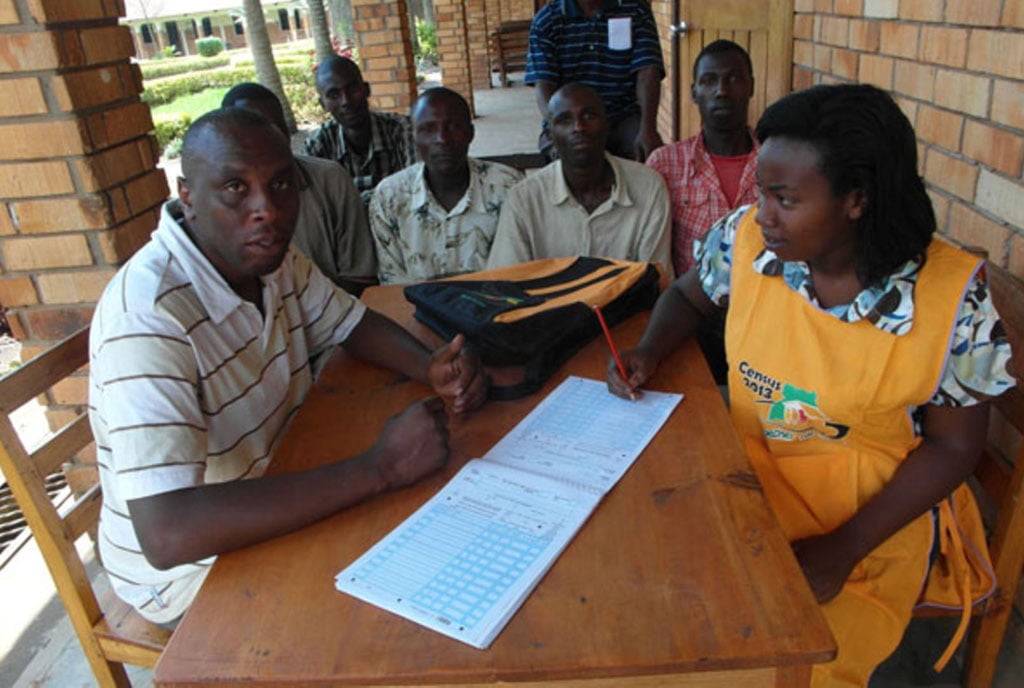On women’s access to digital technologies

Susan Ngongi Namondo
What you need to know:
- Parental concern over online safety and early exposure to vices like pornography, teenage sex networks also inhibit the usage of digital technologies among younger women. Unlike boys, girls are less likely to be encouraged to engage in Science, Technology, Engineering and Mathematics (STEM) subjects.
Digital technologies have, over the past two decades, transformed how health, education, financial services, agriculture, employment opportunities and social relations are delivered in emerging markets in both urban and rural settings. Current projections point to 5.9 billion unique mobile subscribers globally by 2025, equivalent to 71 percent of the world’s population.
While conventional knowledge articulates that digital economies will level the playing field, the reality is that if there is no intentionality in ensuring that digital economies are genuinely inclusive, contribute to equitable growth, and bring long-term benefits to the underserved; they may lead to a widening of the gender gap.
Technology opens immense opportunities for women, yet a significant proportion of Ugandan women, unlike their male counterparts, are at a risk of being left behind. A recent assessment of its Inclusive Digital Economies Programme carried out by the United Nations Capital Development Fund (UNCDF) in Northern Uganda reveals a wider gender gap in phone ownership (64 percent of women versus 89 percent of men own phones); advanced basic skills (15 percent of women versus 41 percent of men have advanced phone skills, i.e. beyond making and receiving phone calls); and usage of digital platforms (47 percent of women versus 55 percent of men use innovative digital platforms).
The assessment identifies affordability as women’s primary constraint to access and regular usage of digital services and products. Other contributing factors include: Low digital knowledge and product awareness; Social and cultural norms and Gender-blind products and policies. The above factors are perpetuated by men’s dominant ownership of capital assets at the household level.
Women also have limited free time to obtain skills in digital technologies, and knowledge dissemination channels are restricted for women with low mobility. Many digital platforms do not provide value to address women’s specific challenges.
Parental concern over online safety and early exposure to vices like pornography, teenage sex networks also inhibit the usage of digital technologies among younger women. Unlike boys, girls are less likely to be encouraged to engage in Science, Technology, Engineering and Mathematics (STEM) subjects.
The gender study highlighted permission and supervision as huge constraints whereby some men restrict their wives’ phone usage for fear that they may become unfaithful. Gender-Based Violence (GBV) is also incited when associated norms are broken, which translates into limited use of some digital technologies.
Gender transformative initiatives, including engaging males to transform and reduce gender gaps in agency over digital technologies, should be adopted. Incentivised behavioural change interventions that focus on motivating and convincing men and other norm influencers of the benefits of women’s participation in the digital economy should be encouraged.
Finally, while bridging the gender digital gap is an urgent task for all of us, promoting access to digital technology is not an end in itself. It is about the value that it brings, especially among underserved geographies. No one-size-fits-all! We should be conscious of women’s unique challenges and galvanise work with women to design digital innovations responsive to their demographics.
Ms Susan Ngongi Namondo, UN Resident Coordinator in Uganda.




